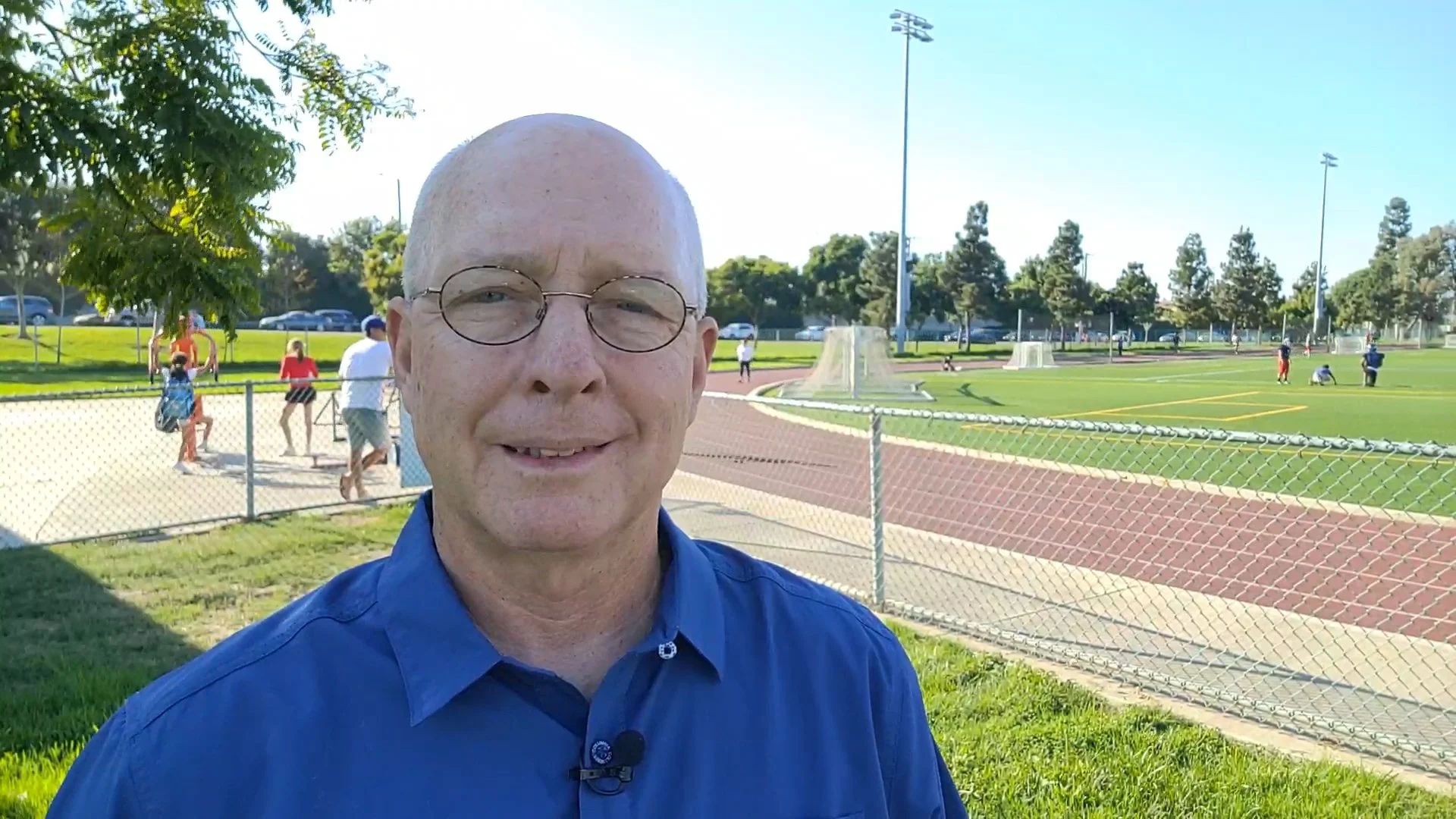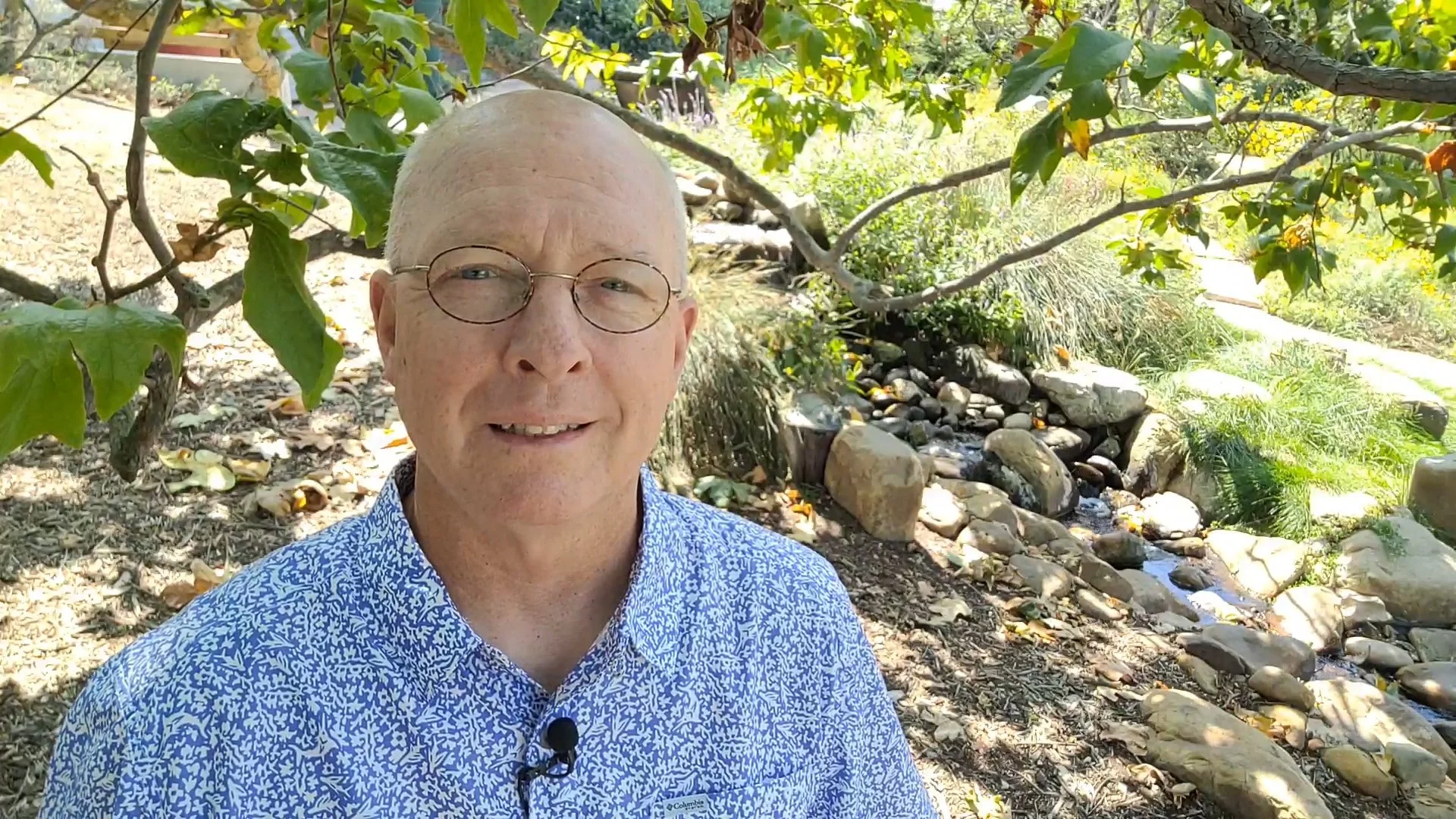Recently, some of our grandchildren have become involved in theater arts. So, I’m learning a whole new vocabulary that includes the term, character arc. In the context of storytelling, that refers to the change or growth a character experiences over the course of a story. And John 21:15-17 reveals the climax of Peter’s. But I don’t mean to suggest that any part of this gospel is fictionalized. I just mean that John’s warts-and-all account of Peter’s spiritual journey provides us with a richly genuine portrait of a VERY real person whose glaring humanity was on full display as he grew in his relationship with Jesus.
And because that helps us locate our flawed selves in the story of redemption, John front-loaded our expectations regarding the significance of Peter’s role in this gospel by describing the moment early on when Jesus changed his name (1:42). In Scripture, when someone experienced a divinely initiated name change, it marked a revision in that person’s identity from one version of themselves to another. But it wasn’t a recognition of what was already true. It announced a transformation that would be the result of a process. And in Peter’s case, an important part of that process remained unfinished.
On the night of Christ’s betrayal, Peter had emphatically denied three times ever having had anything to do with him. And that glaring failure hung unresolved in the post-crucifixion atmosphere like the proverbial elephant in the room no one wants to acknowledge. It hadn’t been addressed during either of the first two times Peter had been in the presence of his resurrected Master. But when Jesus appeared to the disciples in Galilee, it’s clear the Lord intended to make certain that dark part of the apostle’s story would not be its end. So, Jesus asked him, “Do you love me more than these?”
Although that question could be taken more than one way, it seems obvious the Lord was referring to the other disciples and asking if Peter loved him more than THEY loved him. And that would have exposed the painful subject of Peter’s denials by reminding him of his previous boast (Matthew 26:31-33) that even if the other disciples abandoned Jesus, he never would.
But the Lord’s intent was not to shame his disciple. It was to restore him. So, this passage captures an extended Q & A between them that allowed Peter to repent of his three denials by offering three expressions of devotion while providing Jesus three opportunities to express his commitment to Peter by affirming his pastoral calling.
Through the centuries since, commentators have offered additional insights concerning this exchange that are certainly worthy of consideration. These have mainly centered around the four sets of Greek synonyms employed by John to capture this conversation, especially agape and phileo, the pair translated into English as love. But there’s enough uncertainty around these interpretations that I think it’s best to stay focused on what’s undeniable.
It’s crystal clear that Jesus refused to leave Peter’s discipleship unfinished. And that’s true for you and me as well. Philippians 1:6 tells us, “He who has begun a good work in you will COMPLETE it.” So, even when that process is uncomfortable, we can be confident that, according to Romans 2:4, it’s the goodness of God that leads us across the threshold of repentance so we can grow into the shoes he intends us to fill. Each of us can count on the faithfulness of Jesus to escort us, by whatever means are required, to the climax of our spiritual character arc.



















